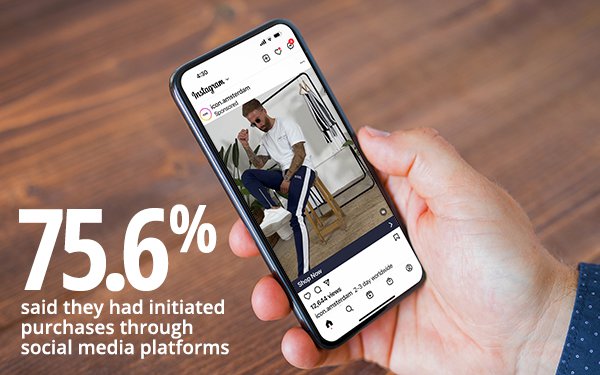
Most consumers have purchased on social media
platforms. But it’s not easy to do so, judging by Social Commerce—Progress And Future, a 2022 study by GoodFirms, an IT research company servicing the B2B sector.
Of the shoppers polled, 75.6% have initiated purchases via social platforms. However, the hurdles to buying on social platforms included:
- I was redirected to
another website — 45.9%
- Customer service issues — 40.2%
- Unavailability of my preferred payment option —
37.8%
- Spam — 27%
- Coupon Code Invalid — 18.1%
- Server issues on the part of the social media website
— 13.7%
- Checkout issues — 13.5%
- Stockout issues — 10-8%
- Choosing the wrong social platform for
your needs — 8.1%
- Money got deducted, but the order was not placed — 2.7%
- No, I have had a seamless buying experience
— 10.8%
advertisement
advertisement
That reference to spam doesn’t necessarily refer to legitimate email marketers. Rather, “Many social media networks now feature markets and
vendors offering items and services, including clothing, footwear, jewelry, etc.,” the study states.
The report continues, “Some of these may be spammers posing as
authentic businesses. Customers get links or unauthorized offers from them to purchase goods and services. The seller's payment connections are fraudulent, and customers end up losing
money.”
The most popular social shopping channels are:
- Instagram — 86.5%
- Facebook — 62.2%
- Amazon Live
— 31.4%
- Snapchat — 22.7%
- Pinterest — 18.1%
- TikTok — 17.8%
- WeChat —
5.7%
- Verint — 2.6%
The study also reports that 56.8% of the respondents buy on the advice of social media influencers.
Social media
platforms are primed to generate $992 billion billion in global sales, and will hit almost $2.9 trillion by 2026, the study continues.
GoodFirms surveyed 370 consumers who use
social media.